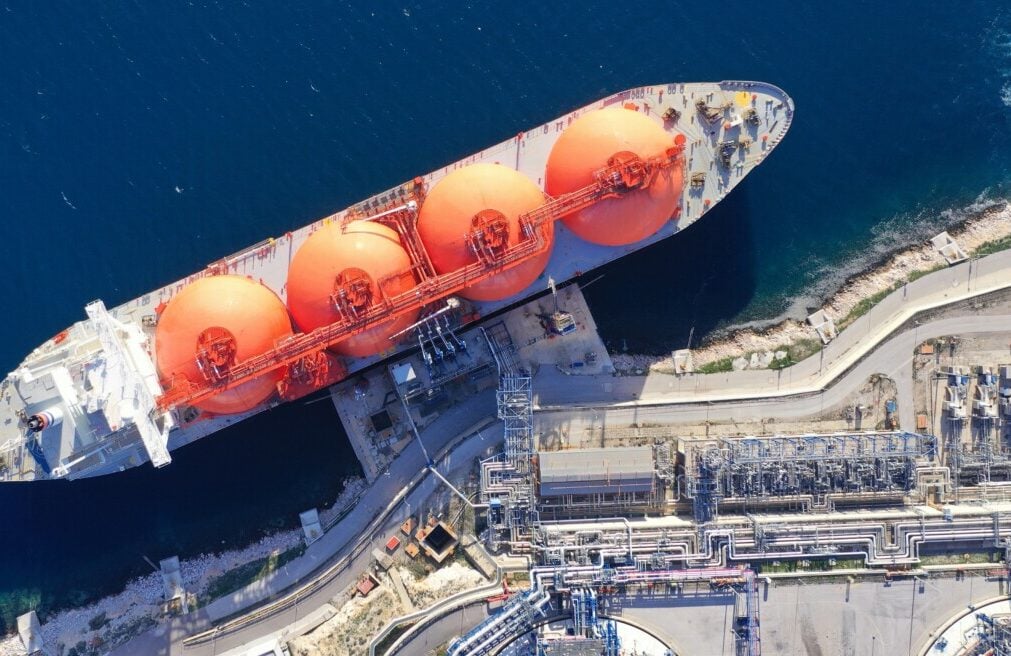- Για έγκυρη και έγκαιρη ενημέρωση
- info@green-news.gr

Χρηματιστήριο: Ανώδυνο «γύρισμα» για την AVAX
1 April 2025
Πόθεν έσχες: Στον εισαγγελέα 9.247 υποθέσεις φυσικών προσώπων που δεν υπέβαλαν δήλωση την τελευταία 5ετία
1 April 2025The use of liquefied natural gas (LNG) as a marine fuel is gaining ground, in view of the regulatory framework of the International Maritime Organization (IMO) for the green transition of shipping.
Several ports now have the ability to supply ships with LNG, while others are proceeding with upgrades to their facilities by the end of 2026.
According to the Union of Greek Shipowners, Greek shipowners also hold a significant share in the international LNG market, with 147 LNG Carriers, which constitute 23.1% of the global tonnage.
According to Intermodal Shipbrokers, 1,329 ships in the entire global fleet could use LNG as fuel in March 2025, with a total carrying capacity of 110 million gt, representing 6.56% of the global fleet. In comparison, in 2021 there were only 558 such ships.
A similar trend is observed in new orders, which currently include 1,037 ships, i.e. 37.79% of the global order book.
In the context of the dynamic development of this marine fuel in the market, at least 32 ships could provide ship-to-ship LNG supply by 2025.
The combined capacity of the fleet is equal to 263,201 cubic meters (cbm) – more than double from 2022 -, with forecasts showing a further increase in capacity of 6% in 2025 and a strong 18% in 2026, Intermodal reports.
The average age of supply vessels is six years, with most units having been built in Chinese and South Korean shipyards, while ownership is concentrated in East Asia (Japan, South Korea) and Europe (Spain).
A recent report by Lloyds Register also highlights the surge in LNG conversions in 2024 as a short-term option for shipowners to immediately reduce carbon emissions to navigate regulatory requirements.
Infrastructure Development
In parallel with the increase in the LNG bunkering fleet, port infrastructure for the supply of this fuel is also experiencing a similar expansion.
The number of ports equipped with LNG facilities and advanced safety systems (storage and distribution pipelines) has reached 201 worldwide, 60 more than in 2021.
In addition, another 57 ports are expected to be upgraded with LNG bunkering facilities by the end of 2026.
According to shipping brokerage Poten & Partners, the European Commission has proposed extending its regulations on underground natural gas storage by two additional years until the end of 2027.



